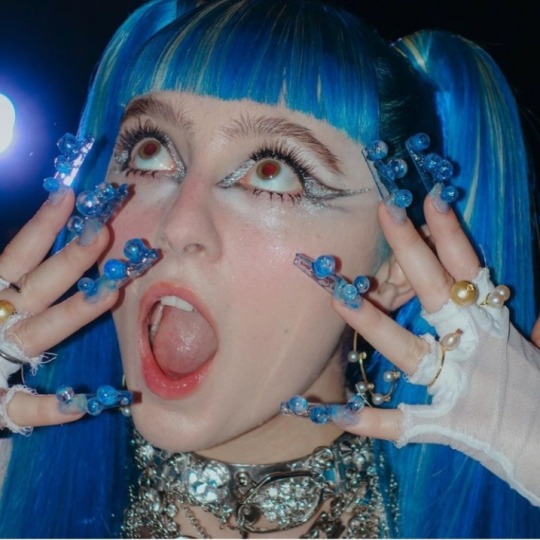

The kanji primarily consist of Joyo kanji, which are common kanji that Japanese students are expected to learn by middle school. So what exactly will you be learning? Who chose these ~2000 kanji and ~6000 vocab words? Doing this requires that you correctly name or define and spell that learning material multiple times in a row. In order to go up in levels, you need to raise all the previous level kanji and radicals to at least Guru level. These labels are Apprentice, Guru, Master, and Enlightened.

In other words, it’s essentially been “burned” into your memory, so it will no longer appear in your daily lessons.Īlong with burning, there are several labels to show your progress with individual learning materials. Additionally, each level plays off of previous levels–while you’re learning new radicals, for instance, you’ll also be tested on past radicals until you “burn” them.īurning occurs when the site’s SRS determines that you know a radical, kanji, or vocab piece so well that you no longer need to be tested on it. In total, Wanikani offers 60 levels of content.Įach level has a different amount of radicals, kanji, and vocabulary. If you’ve recently mislabeled the sun kanji several times in a row, for instance, you can expect it to appear sooner and more frequently than a kanji you’ve recently labeled correctly. You won’t necessarily receive content at the same time every day, and the amount and newness of that content will vary greatly–this is because Wanikani determines how well you know your learning materials and spaces them out based on its SRS feature. In order to do this, the site supplies daily lessons on radicals, which are the building blocks of kanji it also provides lessons for the kanji themselves, which are then used to create vocabulary words. Now that I’ve committed myself more earnestly, I’ve learned that it is possible to keep up with the material however, doing so requires advanced planning, flexibility, and self-discipline.Ĭreated by language learning company Tofugu in 2012, Wanikani strives to make kanji and vocabulary learning entertaining and easy. I’ve since reached level 7, which is actually slower than the pace set by most learners but quicker than what I’d been doing before. I dabbled in Wanikani a few more times before committing myself to an annual plan last May. But this time, I returned the following year. As usual, I quickly gave up and moved on. Those levels gave me a decent idea of what to expect, but they didn’t quite cover the sheer intensity of all the added kanji and vocabulary.
#Ikanji versus wanikani free
I had completed the first three free levels and wanted to see what else it had to offer. I first purchased Wanikani three years ago.

But unlike many other apps that I’ve tried and dumped, Wanikani kept my interest, and I keep returning. With Wanikani, it gets hard fairly quickly–around the first paid level, in fact. From Genki to Mondly and Lingodeer, I’ve tried my fair share of language learning apps, and I’ve often jumped from one app to the next the second it got hard. I’ve been a casual Japanese learner for several years.


 0 kommentar(er)
0 kommentar(er)
